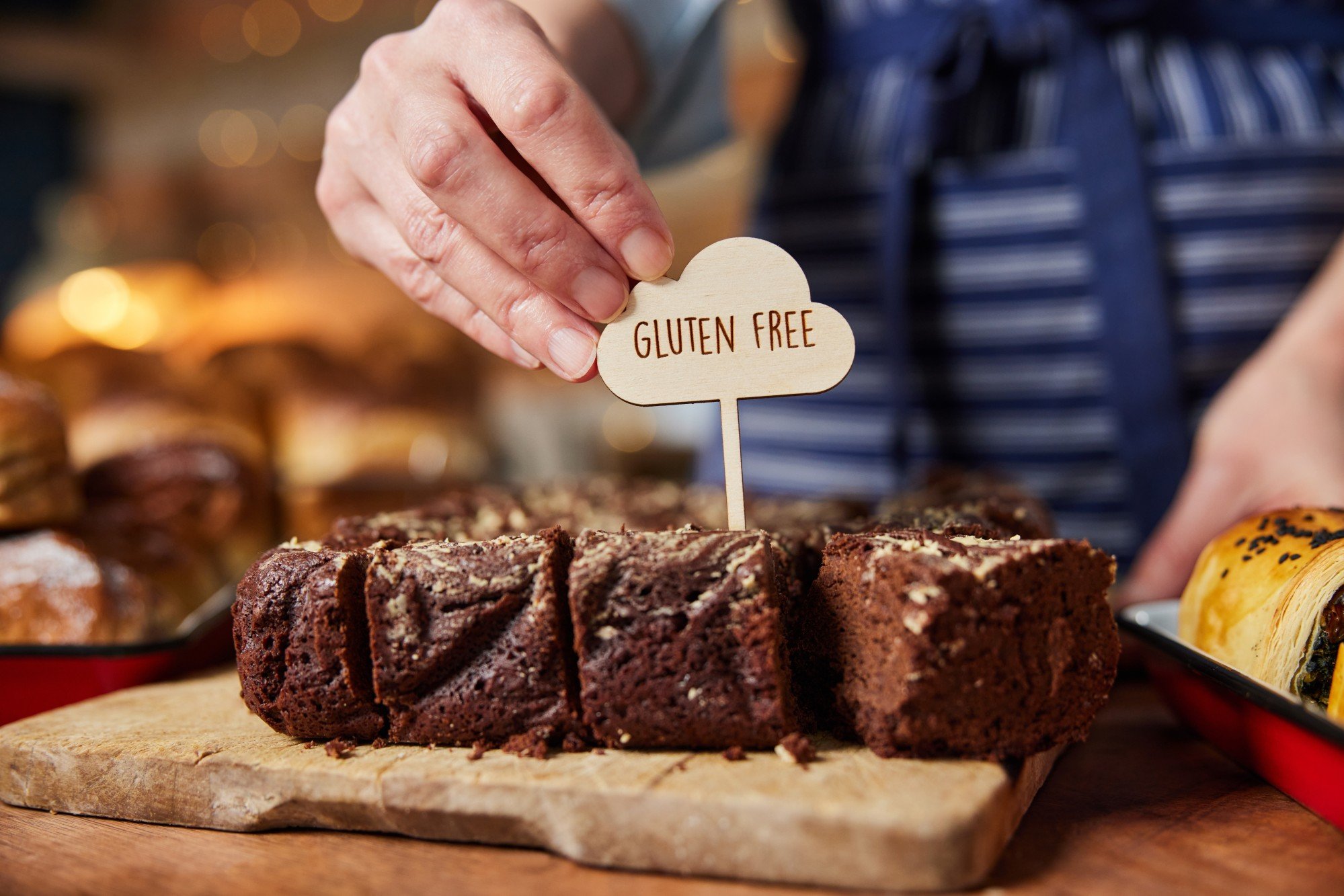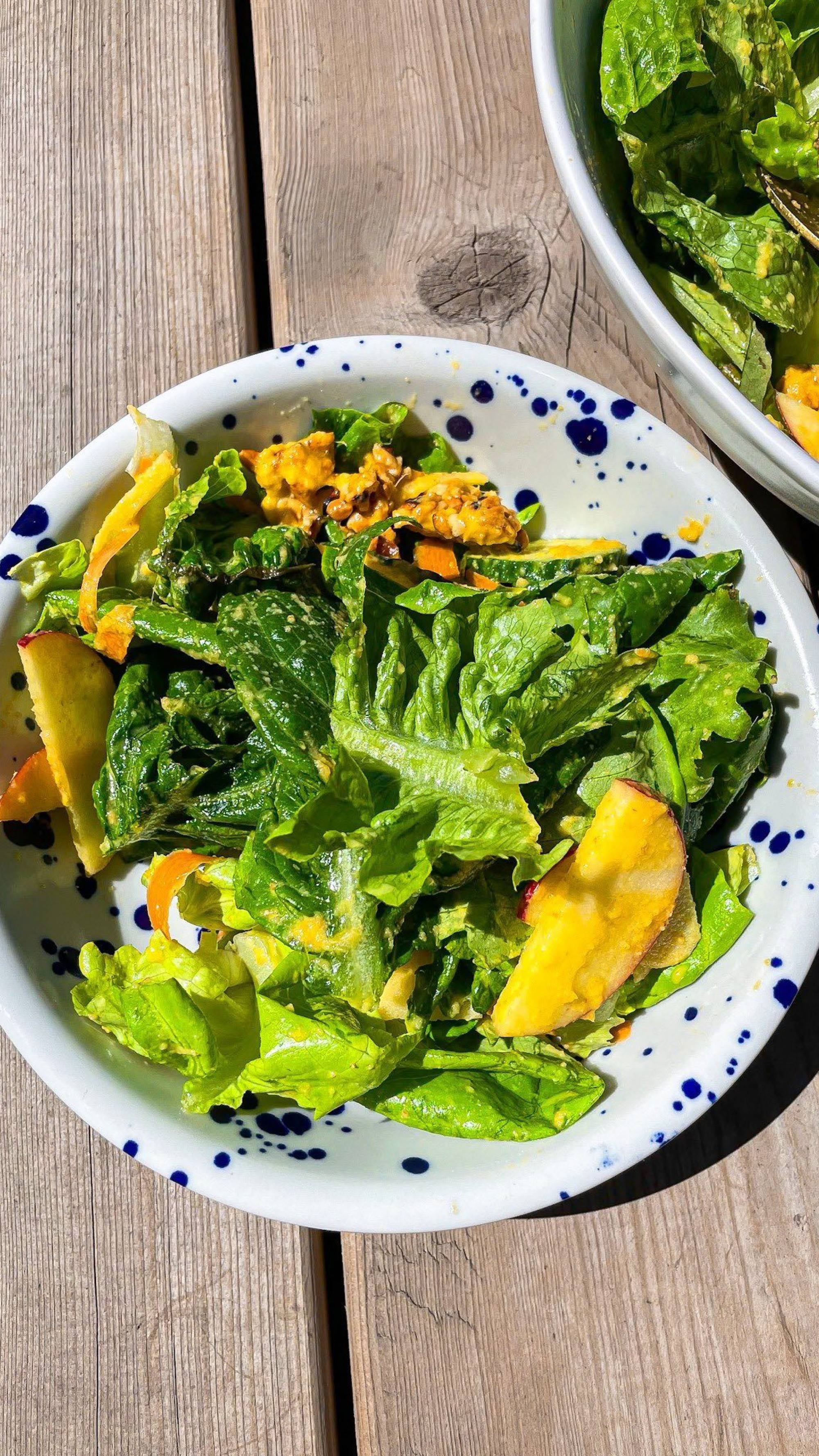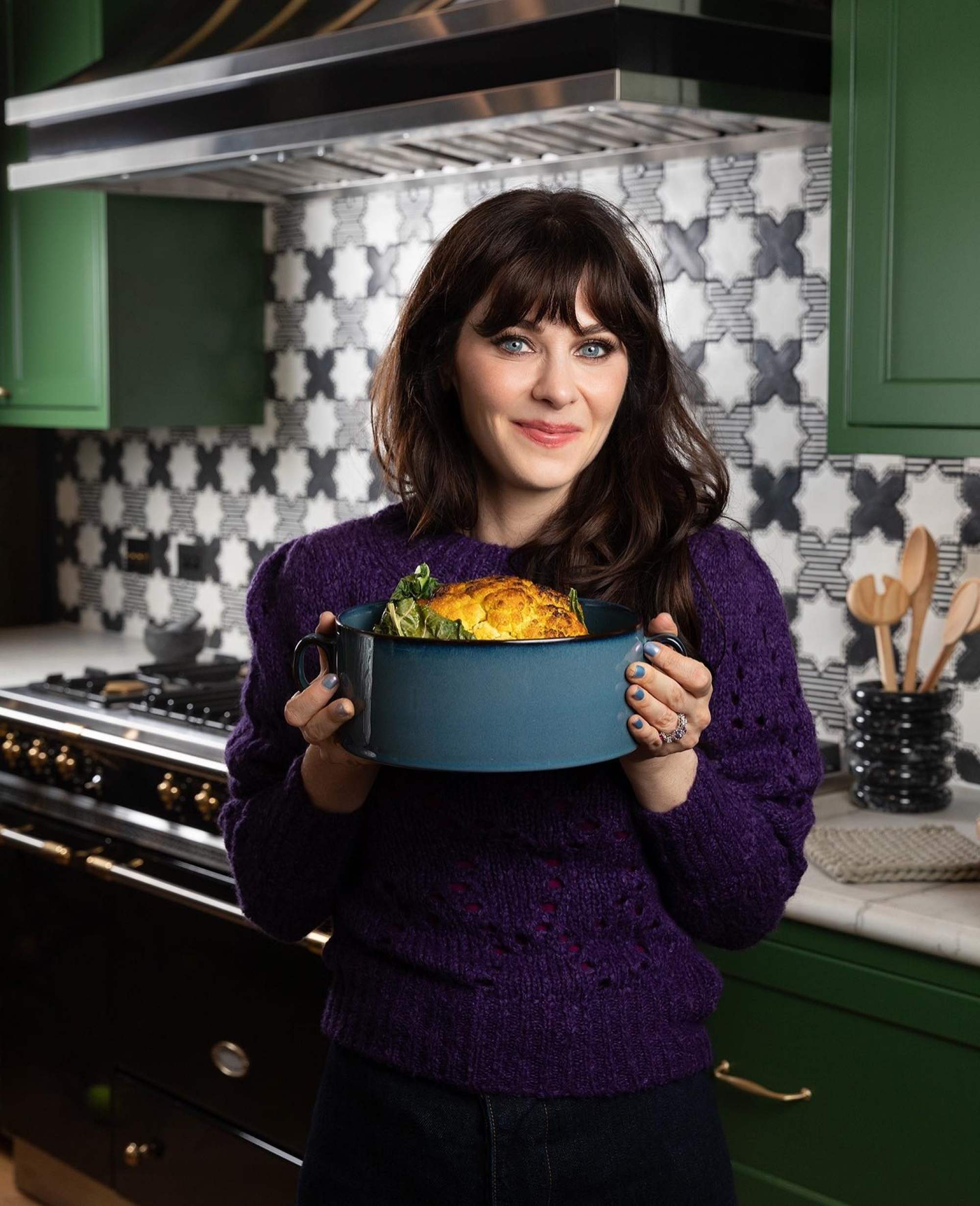
Explainer | Coeliac disease: all you need to know about the autoimmune disorder affecting Chelsea Clinton, Zooey Deschanel and others
- Eating gluten – a protein found in many grains – can cause stomach pain, bloating and more in coeliac sufferers and those who are intolerant of gluten
- Avoiding gluten if you have not been diagnosed as coeliac or gluten intolerant may be bad for you; it has been shown to help prevent heart disease and more
Popular American actress Zooey Deschanel and Chelsea Clinton, daughter of former US president Bill Clinton, suffer from the same disease, and both are outspoken about it.
They have coeliac disease, an autoimmune disorder in which ingesting gluten – a protein naturally found in some grains – leads to damage in the small intestine.
We can thank the second-century Greek doctor and writer Aretaeus of Cappadocia, considered to be second only to the father of medicine himself, Hippocrates, for its name.
Aretaeus described the earliest account of a clinical presentation of the disease, which he called “koiliakos” after the Greek word koelia (for abdomen). He wrote: “If the stomach be irretentive of the food and if it pass through undigested and crude, and nothing ascends into the body, we call such persons coeliacs.”

In 2008, an archaeological dig in Italy unearthed a young woman from the first century AD. Her skeleton, which bore the signs of a failure to thrive in life, was analysed and showed the presence of a gene sequence associated with a high risk of coeliac disease as well as damage typically associated with coeliac disease.
Researchers concluded that her condition coincided with exposure to wheat cultivation, as communities began to cultivate crops and not just rely on hunting and gathering for food.
Gluten is found in many grains, including wheat, barley, rye and triticale – a hybrid of wheat and rye – and sometimes oats because of contamination.

Those who suffer, though, need to learn to avoid a lot more than just bread and anything made from wheat flour. Gluten is present in many foods, not just whole grain foods. It is often added to foods as a binding agent and to provide texture and flavour.
It can be present in foods you would never expect: soy sauce, some stock cubes, say, or deli meats and even ice cream.
The New Girl actress Zooey Deschanel was diagnosed with coeliac disease in adulthood.
It is estimated that one per cent of the world’s population has coeliac disease, but only around a quarter of those who have it are ever properly diagnosed.

It is not uncommon for coeliac disease to be misdiagnosed as other gastrointestinal tract issues like IBS, because it can present with similar symptoms, Carjaval says.
Some people, Carvajal says, may not have any symptoms at all “but still suffer damage in the small intestine and the subsequent conditions created by malabsorption of nutrients”.
Others may struggle with gluten intolerance which might cause discomfort of the gastrointestinal tract, but is not the same as coeliac disease. The difference is that gluten intolerance or sensitivity do not damage the villi in the small intestine, she says.
If coeliac disease is suspected, blood tests can be done and results confirmed with a biopsy of the small intestine.

Some people mistakenly believe “that a gluten-free diet will help them with weight loss, yet you see them eating high amounts of gluten-free snacks”.
Carvajal is right about the trend: negative media attention has given gluten very bad press. Unless you have coeliac disease or are properly gluten intolerant, though, avoiding gluten means missing out on some important nutrients.
For those diagnosed as having coeliac disease or a real gluten intolerance, the only way to manage it is with a lifelong gluten-free diet, Carjaval says.

If that is you, be thankful you can eat more than just the shellfish prescribed by one London doctor in 19th century England. In 1888, Samuel Gee, a doctor working in London’s famous children’s hospital on Great Ormond Street, noted that a child who had symptoms of coeliac disease improved significantly on a diet of mussels, but suffered a relapse as soon as mussel season was over.
Carvajal says it is vital sufferers look for hidden gluten in soy sauce, canned soups, sour cream and cold cuts.
How to tell if a packaged food product is gluten-free
-
Look for a gluten-free label.
-
Check the allergen listing. If it has a list of common allergens that includes wheat, you can rule it out quickly. However, a lack of allergen labelling does not mean it is gluten-free. Barley and rye are not in the list of allergens required to be listed under US Food and Drug Administration labelling laws.
-
Check for obvious ingredients. In addition to wheat, barley and rye, check for malt, brewer’s yeast and oats (unless specifically labeled gluten-free). Modified food starch is often found in baked goods, snacks, marinades, sauces, dressings, and soups. It may or may not contain wheat. (Source: Celiac Disease Foundation)
Carvajal also stresses sufferers should “stay away from those highly processed (high fat, high salt, high sugar) gluten-free foods”.

